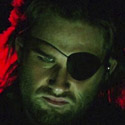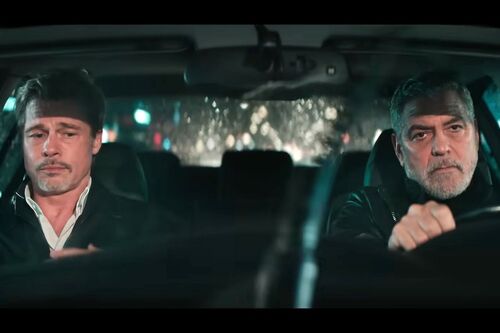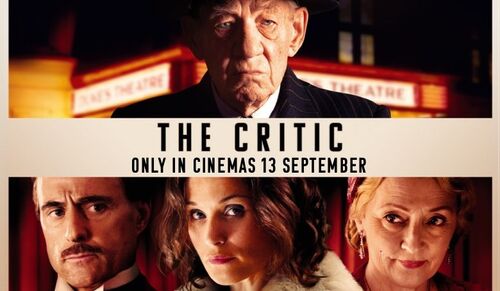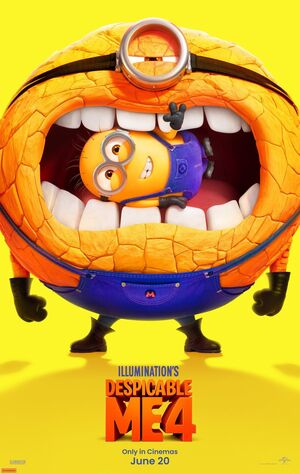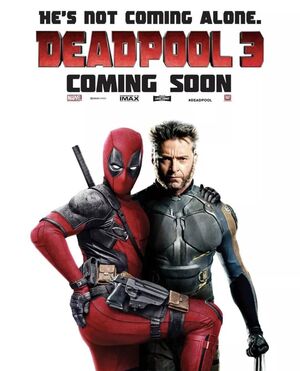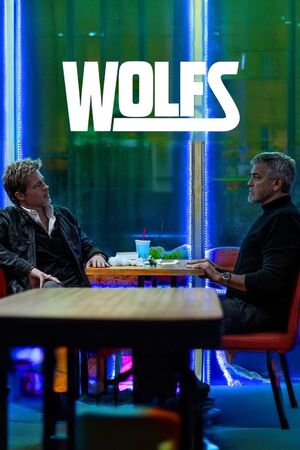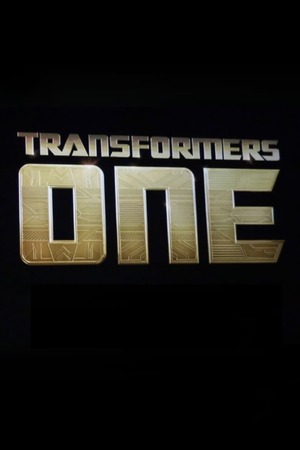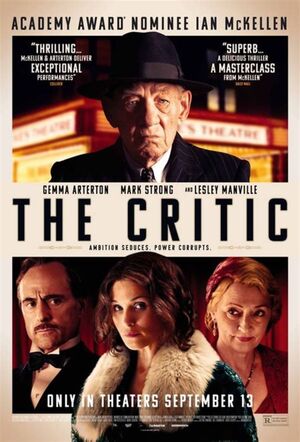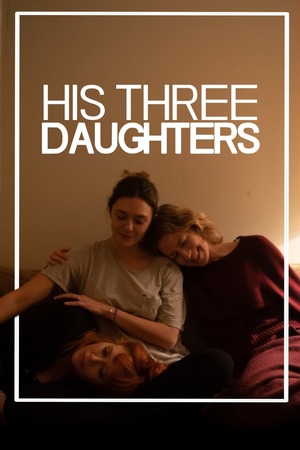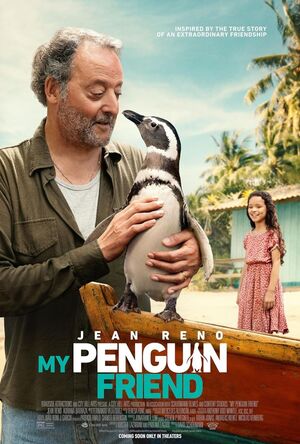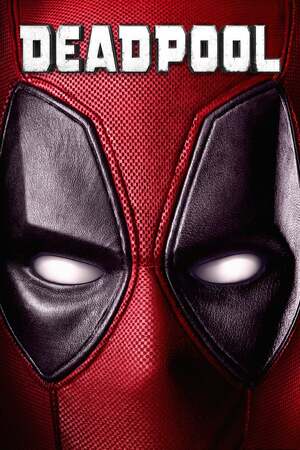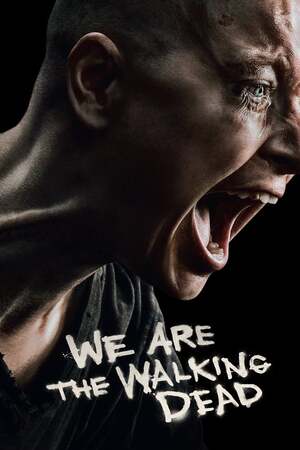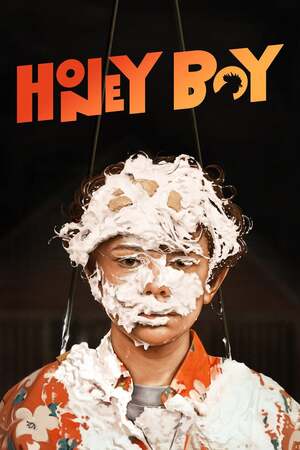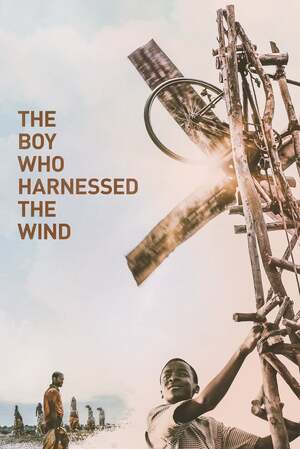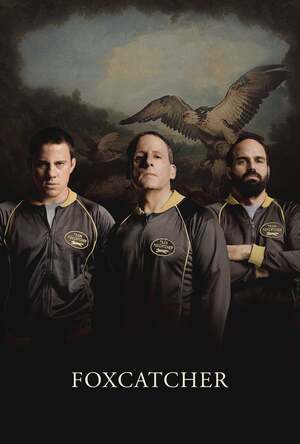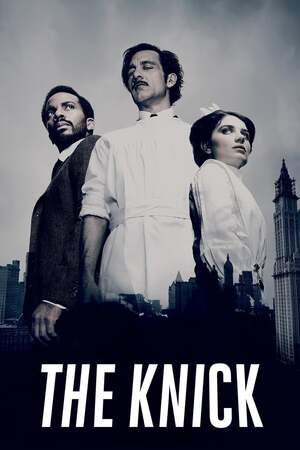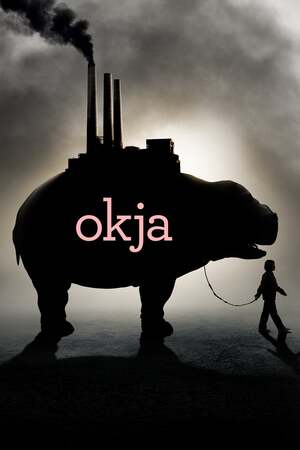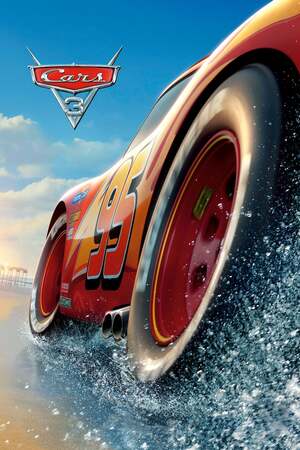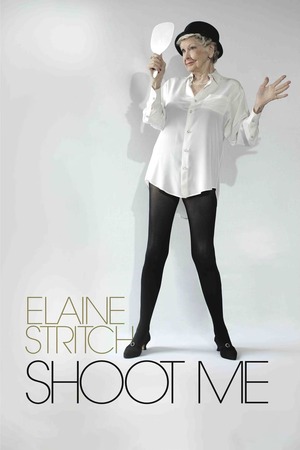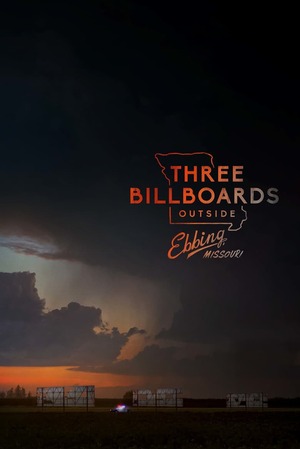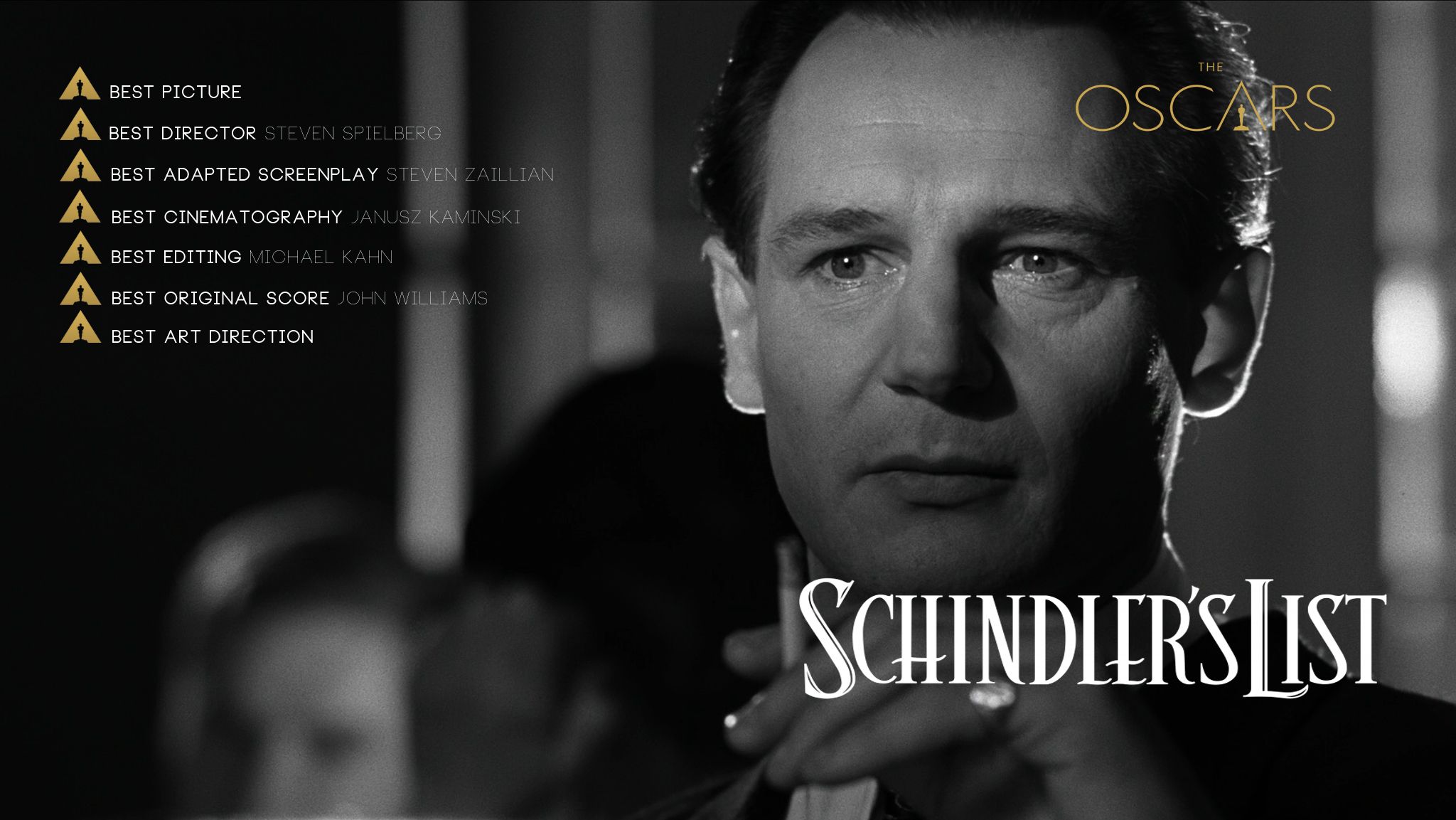
Fun Facts: Schindler's List
• Director Steven Spielberg was able to get permission to film inside Auschwitz, but he chose not to out of respect for the victims. The scenes of the death camp were actually filmed outside the gates on a set constructed in a mirror image of the real location on the other side.
• Schindler's List is the most expensive black-and-white film made.
• Universal agreed to let Spielberg direct the film, provided he shoot Jurassic Park first. Spielberg agreed, knowing he wouldn't feel like making a dinosaur movie after finishing Schindler's List.
• Branko Lustig lobbied to produce the movie for Spielberg by rolling up his sleeve and showing him his tattooed serial number from Auschwitz. In fact, as a producer, Lustig had already filmed at Auschwitz for the TV mini-series War and Remembrance.
• Fiennes gained 28 pounds to play Goeth. His performance was so dead-on that Pfefferberg's wife, Mila, went into a trembling fit when she met Fiennes in character.
• Spielberg refused a salary on the project, considering any fee he might receive to be "blood money."
• Spielberg decided to shoot in black and white for several reasons. It reminded him of documentary footage of the Holocaust. It had a timeless quality to it. And he felt that the film should be drained of colour to reflect the draining of life during the Holocaust.
• Most of the film was shot on location in Krakow, in the actual remnants of the Jewish ghetto. The Plaszow concentration camp was rebuilt in a pit on the edge of town, but that was the only major set construction.
• After shooting Holocaust scenes all day, Spielberg spent his evenings editing footage from Jurassic Park, which he'd shot the previous autumn.
• For Spielberg, the hardest moment was the sequence when the Polish extras, playing concentration camp prisoners, were stripped and humiliated. He said he couldn't actually watch that part of the shoot. Frequently during the filming, he would break down in tears.
• In real life, there actually was a little girl in Krakow known for her red coat, Roma Ligocka. She survived the Holocaust, and she published a memoir in 2002, "The Girl in the Red Coat."
• The film cost a modest $22 million to make. It went on to earn $96 million in North America and another $225 million overseas.
